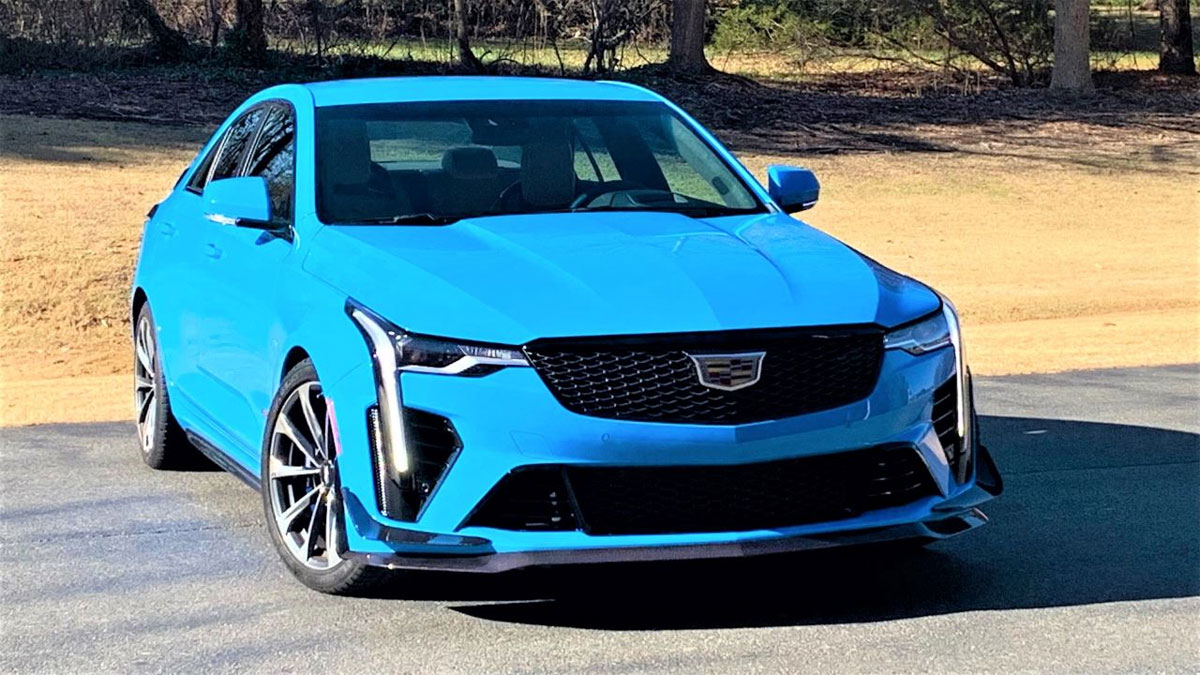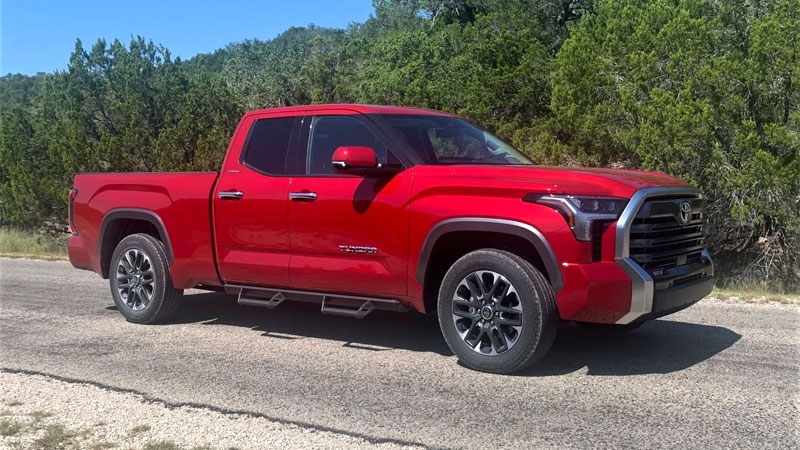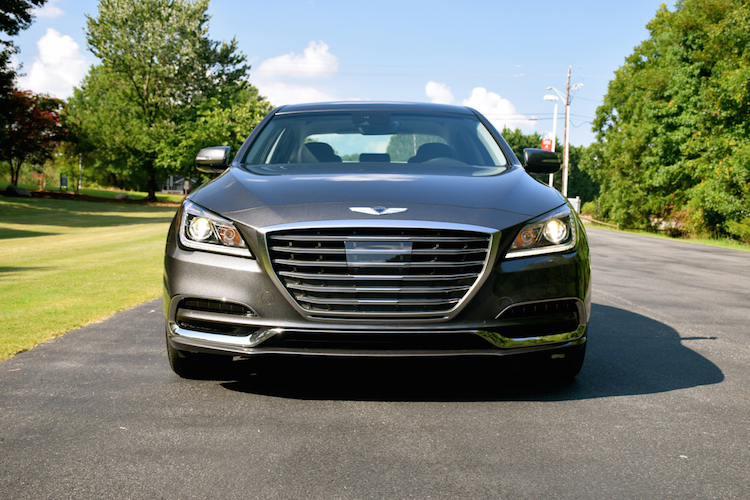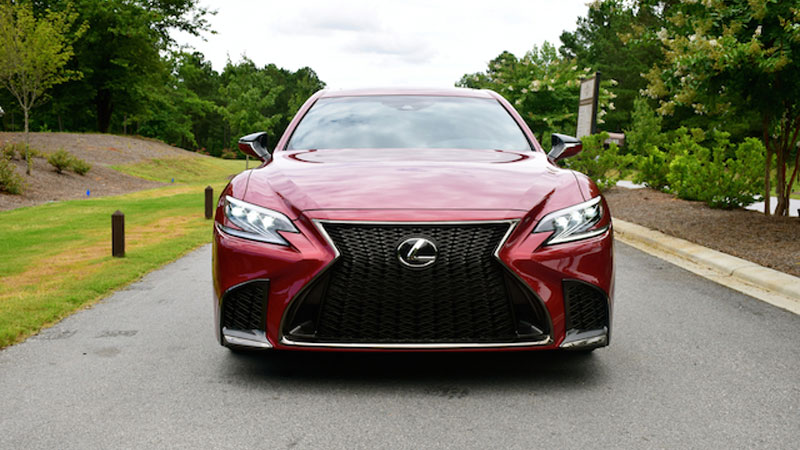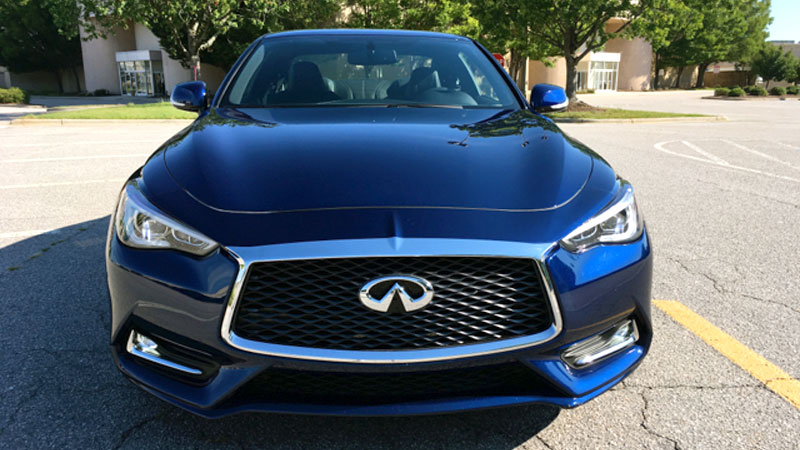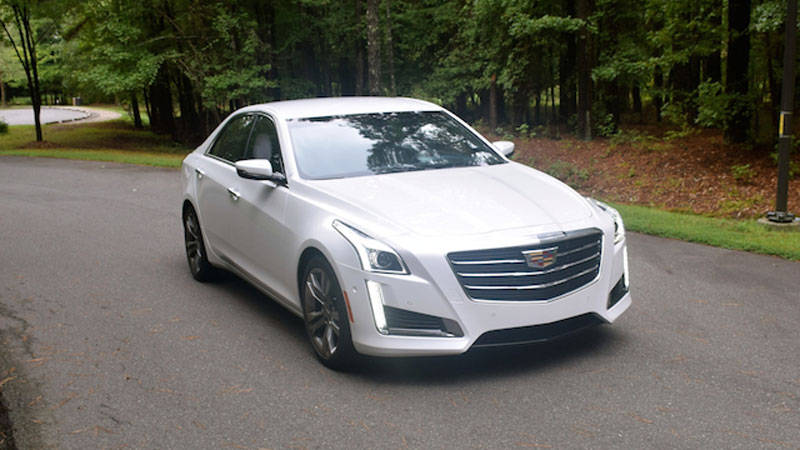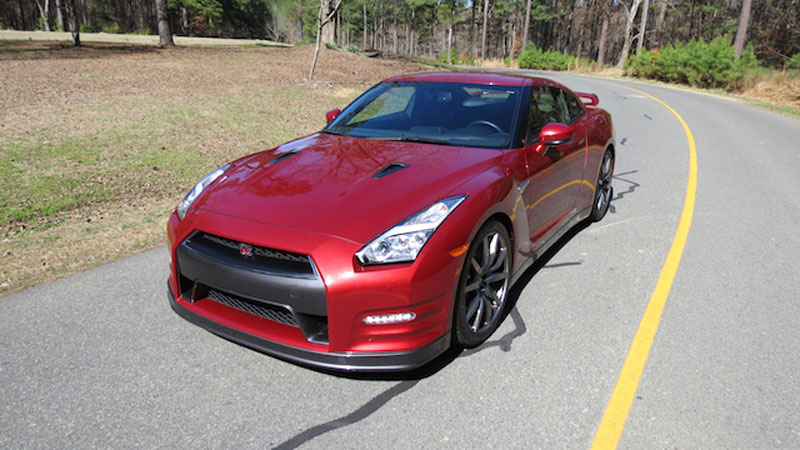472-Horsepower Rocket: 2022 Cadillac CT4-V Blackwing
The Blackwing gives the Cadillac CT4 luxury performance cred. Cadillac recently massaged its performance offerings in a not-so-insignificant way. The V-Sport line is gone with the existing and previous range-topping V-Series taking its place. At the top of this performance matrix is the Blackwing, this marque’s answer to Mercedes-AMG, BMW … Read more

